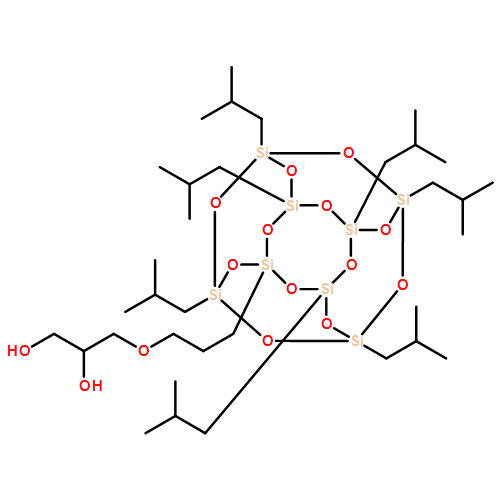Co-reporter: Guoqiang Zhang, Daniel Brannum, Daxuan Dong, Longxiang Tang, Elshad Allahyarov, Saide Tang, Karl Kodweis, Je-Kyun Lee, and Lei Zhu
pp: 4646
Publication Date(Web):June 15, 2016
DOI: 10.1021/acs.chemmater.6b01383
Polymer/inorganic particle nanocomposites (or nanodielectrics) have attracted pronounced attention for electric energy storage applications, based on a hypothesis that polymer nanodielectrics could combine the high permittivity of nanoparticles and the high electrical breakdown strength of the polymer matrix for enhanced dielectric performance. Although higher discharged energy densities have been reported for numerous polymer nanodielectrics, the dielectric loss mechanisms, which are extremely important for ultimate applications, are rarely discussed. In this work, we intend to address the intrinsic dielectric loss mechanisms associated with polymer nanodielectrics using a model system comprised of 70 nm BaTiO3 nanoparticles (BT NPs) in an isotactic polypropylene (PP) matrix. The effect of space charge-induced interfacial polarization on dielectric losses was investigated using bipolar and unipolar electric displacement–electric field (D-E) loop tests. Since the bipolar D-E loops always exhibited greater nonlinearity than the unipolar loops, the dielectric loss was attributed to the internal AC conduction loss from space charges (e.g., electrons) in the BT NPs, including boundary layer and bulk conductions. To mitigate the internal conduction along the PP/BT interface, atomic layer deposition of a nanolayer (5 nm) of amorphous TiO2 was applied to the BT NPs. Due to a higher resistivity, the coated amorphous TiO2 effectively reduced the boundary layer conduction loss. Nonetheless, the bulk conduction loss in BT NPs still needed to be reduced. This study suggests that more insulating high permittivity NPs are demanded for polymer nanodielectrics to enhance the dielectric performance.
